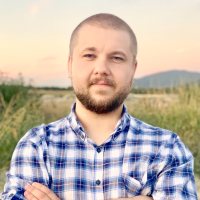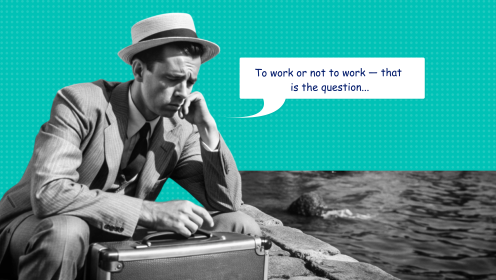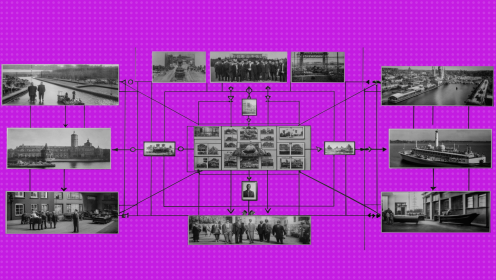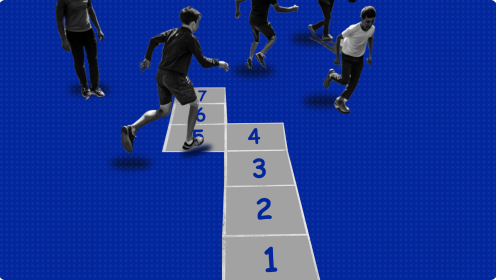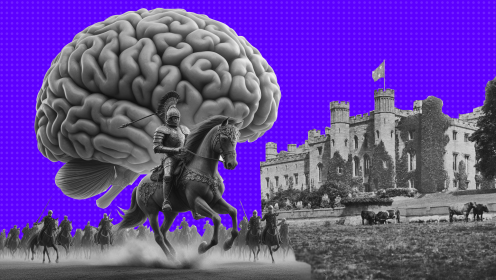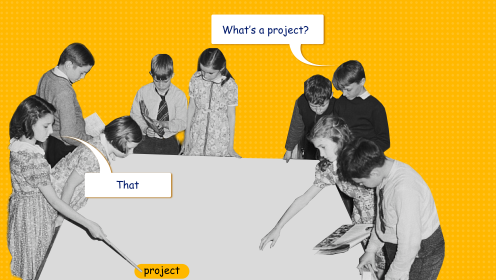Our team consists of students who have experienced how difficult it is to be a good student at the university, spend time with friends and work well at the same time.
Let's get one thing straight here:
Planning is not a magic wand that will add a 25th hour to the day. Planning is about self-organization. Without your own desire and effort, hardly any article can help.
A little boring first point, but you can't move on without it. The obvious truth is that social networks are the #1 time-wasters today. I always caught myself doing it. And that's sad.
Additional services help. I use SelfControl for my computer, it's for free. The service does not block Internet access completely. You manually add sites that you are usually distracted by (VK, Facebook, Twitter, Instagram) and set the blocking time. What is good about the program – you can not cancel it, even by restarting the system (do not waste your time, I have already tried).
I use Forest for my phone. It costs $2, but it's worth it. A fun app that can also be used as a Pomodoro timer. While the pre-set time is running, a tree is growing in the phone. When you exit the app, the tree dies. When you withstand as a hero and don't get distracted – you get a cool forest! A new taiga was born out of my time.
You can use any other apps, there are a lot of them now. Or you can just set a goal not to use the app while working (unfortunately, this is not my option).
It is important that everything is at hand. As with an ordinary desk: a pencil case or cup with pens and pencils, a stack of paper, notebooks, books on the shelf, printed lectures, and so on. You sit down and use each of these tools to do your homework and your own things.
The workplace should always be organised. It is difficult to find anything in the chaos, not to mention that the disorder distracts and prevents you from concentrating on your work.
I couldn't get away from paper for a long time: notepads, books from the library, notebooks for every subject. Day after day, everything accumulated on the desk. Literally everything. Everything you need, and even what you don't need. Therefore, before starting any task, it took time to clear the table and leave only what was needed now. The key here is time. That's what we want to save, isn't it?
Now I have moved the entire learning process to WEEEK. It turned out like this (I only used boards):
-
1.
The very first board is the schedule. The unallocated tasks column contains the order of classes and time, then each column is the day of the week and the discipline.
- —I started with this, because the first thing I do when I sit down to study is to look at what subject I need to prepare for.
- —For instance, tomorrow is Monday. Using the example of "Lit. analysis of a lit. text", I will show you how to conveniently design the board of the subject.
- —I use the unallocated tasks column for materials that I need while working with tasks. Here are textbooks, useful articles, thematic websites, and so on.
-
2.
The second column is directly used for homework.
- —I set the date and priority in the header of the card (if the task is large and may take several days to complete, you can put a red label on it). Inside is the task itself. If there are any additional materials (MORE MATERIALS), I attach them as files to the issue. It turns out beautiful and comfortable.
While working with WEEEK, I realized that this is a kind of constructor for planning. We take tools and create the most convenient space for ourselves.
Despite the fact that this tool for working has been around for a long time, it is mistakenly neglected.
The modern pace of life makes us multitask, which is not good. Instead of long arguments the old saying goes: "If you run after two hares, you will catch neither". Therefore, it is extremely important to immerse into one task entirely.
You set the timer for 25 minutes, then rest for 5 (you can set the time differently). And so from time to time, until the task is finally completed.
How it works with studying and WEEEK:
We look at the schedule, open the subject, all the documents and books that are needed. Turn on the timer and start. Practice has shown that tasks that at first glance seem huge and complex are solved much faster.
Recently, the platform got its own pomodoro, so there is no need to use an additional phone.
Mostly, tasks are similar, namely, the principle of their execution is repeated. For the first few weeks of school, I worked with the Time Tracking function. I sat down to complete the task, turned on the timer, and timed how much I needed to complete the task (to complete it properly, not in a hurry). At the end of the week, I made a report and calculated everything.
For what? The answer is simple: to understand in advance how I can distribute one task during the week, without affecting the time for work and rest. You still have to get used to it, but it's not as difficult as it seems.
If the task is large and takes a long time, I do this:
I divide the task into several days in the calendar and specify the time. As a result: instead of spending 2 hours on a task in one day, I spend 1 hour only twice a week.
My groupmates and I agreed that preparing for classes and exams is much more interesting and effective together. I suggested some of the guys to test WEEEK with me. It wasn't as bad as I expected.
For two weeks, we shared boards, materials, and left comments to each other. For example, we need to prepare linguistic analyses of Bunin's stories for the test. In order not to get lost in them, everyone left the name of the selected story in the comments to the issue.
This is an additional point.
To be a cool specialist, it's not enough to do your homework every day. You need to upgrade. If you want to learn to write, you must not only write daily, but also watch others write, read a lot, and listen to lectures from people who are good at it. If you want to draw – you draw, study techniques, go to museums, see paintings, etc. In general, you surround yourself with everything related to your specialization.
For these purposes, I got an additional board (MORE BOARDS).
All sites that are useful, interesting, or simply beautiful are stored here. Site name and link inside. I often turn to them while preparing for classes. Sometimes I just read. "But why not use bookmarks?» you ask. "It's not that convenient," I'll say. Working with a task manager is a good thing - it is one platform where everything should be in order to save time and focus your attention. Bookmarks contain a huge number of sites that do not relate to learning, which means that the search for the ones I need will take some time.
Lifehack: When your classmates ask you to drop your homework, copy the link to the task and send it to them. Everyone is comfortable and happy.
Lifehack #2: If teachers allow you to attend classes with a laptop, use Google Documents. Add files with lectures and homework to the task cards (items).
Lifehack #3: Recently, the platform has a section “Ideas”. A good tool for working on reports and articles. I try to make a plan of my text inside the notes, add theses, links to research, quotes and excerpts from monographs.
All my time management sufferings knowledge fit in these 6 points. After a couple of weeks of this work, I began to notice that my free time increased. Of course, we had to make some effort to make it a system. Building order in the workflow requires a certain amount of perseverance. But over time it becomes a habit, like brushing your teeth in the morning.
- 1. Make it convenient. Gather and structure everything in one place. This is necessary in order not to be distracted and concentrate on work.
- 2. Do not neglect the Pomodoro method, count the time.
- 3. If possible, work together. This is more interesting and effective.
- 4. Disable social networks: grow trees, turn off the phone completely. We do anything, but not social networks.
- 5. Treat yourself with what you love.
Good luck on your finals!







